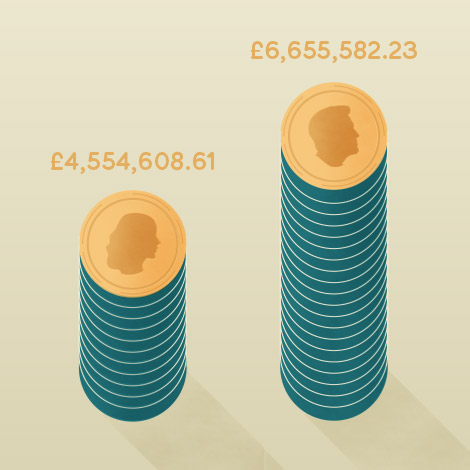GirlTalkHQ brings us a write-up from graphics and sources provided by Towergateinsurance.co.uk illustrating aspects of the gender gap in business--including age, earning capacity, barriers to success, and more. One major issue in access to leadership roles, as the findings highlight, is the way attitudes and perception affect the role gender plays in the workplace: Which traits do we consider necessary for a leader, and are women likely to embody those traits? Even with changing attitudes, it turns out that the messages women receive--particularly during our younger years--have a crucial impact on whether women will "lean in." Read below and click through for more.
girltalkhq.com - The gender pay gap is a central issue in the modern business world, but is this disparity present even in the most senior positions? Are women at the top being treated equally? If not, why do they perceive that to be? In the age of “leaning in” and women starting their own businesses at a much higher rate than men, we are still yet to see a major change in the existing corporate titans in terms of women in key positions of leadership. So just how big is the gender gap between make and female CEOs?
The following graphics break down the specifics of how the gap occurs. Let’s now look into how exactly women are faring at the top of the business world by examining common barriers, differences in opportunities for progression and pay discrepancies. When it comes to age, female CEOs and generally the same age as men.

But when it comes to earning capacity, it is a different story. On average, male CEOs earn upwards of £2 million ($2.5 million USD) more than women as of the fiscal year 2016.

Even when women do manage to achieve the same level of leadership as most male CEOs, it takes them a lot longer. On average, it takes women nearly a year and a half longer to become CEO than men. That figure is based on results from 313 companies in both the FTSE 100 and S&P; 500.

Want to receive early-bird invitations to our global events, custom-tailored content we think you'll love, and get exclusive access to "The World Women Report"?


